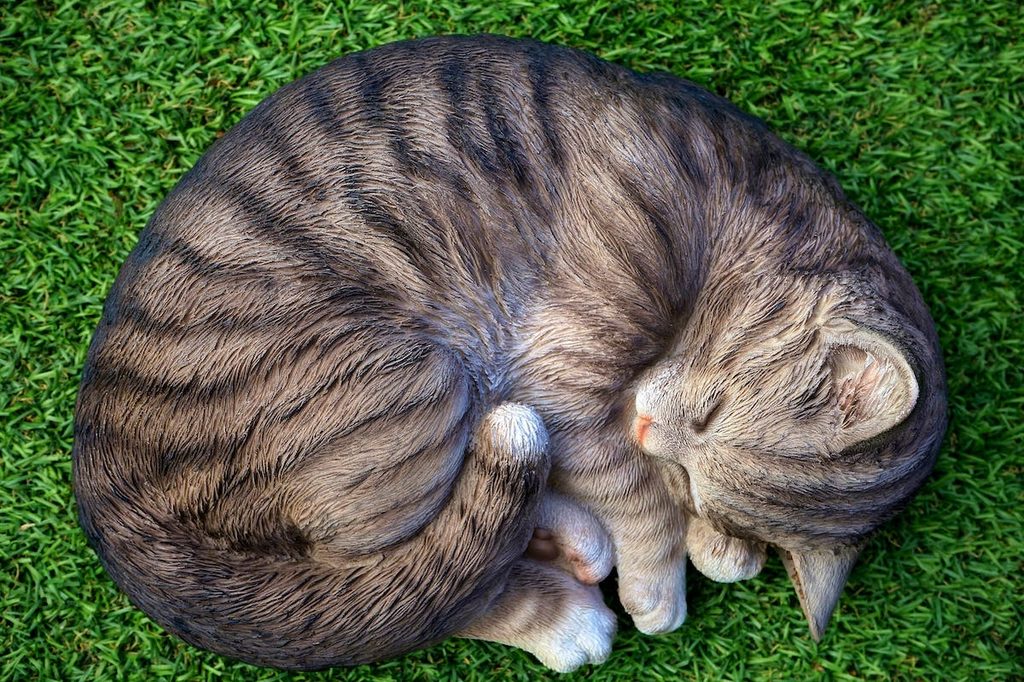Cats sleep in the weirdest positions — this fundamental fact of feline life takes over the internet on a regular basis. We’ve seen kitties in boxes, baby bouncers, and sinks, but we may have found the new best cat-napping spot. Ever spotted a cat sleeping inside a pot? You’re in for a treat with this viral video.
@sephera._
sephera._ posted this hilarious recounting titled “Orange cat behavior,” and it went well beyond the hilarity of the usual antics we see from mousers. It opens with an orange kitty sitting in a pot on a counter in the kitchen. But that’s just the beginning. We get to see him try out just about every cat sleeping position while staying inside his snug hidey hole. The text says, “When your cat’s favorite spot is inside a pot,” and takes us through the favored resting contortions, including curled up with his head poking out, squished all the way in, and with head in and butt up. It doesn’t look particularly comfy to us, but we don’t have this cat’s flexibility.
Commenters delighted in this weird cat’s preferred sleeping spot. Emily tried to get into the mindset of the household: “Imagine the conversations… ‘Have you seen the cat?’ ‘Did you check the pot?”
Top commenter cassidystepka went for a different angle with “What happens if u move the pot out of the kitchen? Does he still like it, or does it lose its pizazz once it’s not in the kitchen?” Good question. Cats sometimes grab an unusual nook despite having many more comfortable options.
Sofia A. Mendiola pointed out, “I can almost put money on the fact that this cat has AT LEAST 4 beds.”
Finally, #1 had the best take: “This is why I don’t participate in work potlucks.” Yup, we’ll be skipping the chili cookoff this year.

Why do cats sleep in weird positions?
It might not make a lot of sense to us humans who prefer a soft and cozy bed, but cats can be very content in odd sleeping areas. There are a few reasons they might choose a box or even a pot as the top spot. Part of this is just for the added warmth. Think about it: When your cat hangs out in that small metal space, it heats up pretty quickly. Additionally, they could be seeking safety and security. Sometimes household objects better mimic the natural dens that a wild cat might inhabit. Lastly, many four-legged friends prefer to be in the thick of things, and he may decide to abandon this bed if his owners ever relocate it.
No matter what funny sleeping position you find your cat, you’ll know they chose it for a reason — it’s warm, cozy, and close to you.



